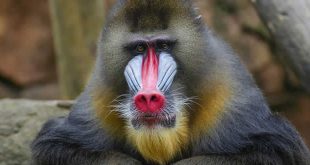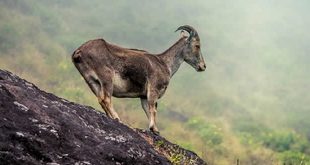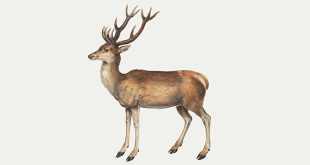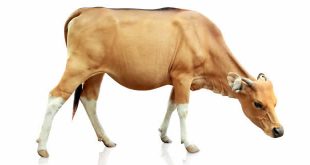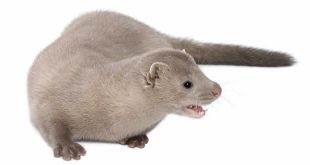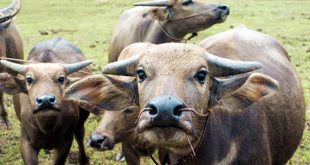 Shrew — Shrews are small, superficially mouse-like mammals of the family Soricidae. Although their external appearance is generally that of a long-nosed mouse, the shrews are not rodents and not closely related: the shrew family is part of the order Soricomorpha. Shrews have feet with five clawed toes, unlike rodents, which have four. Shrews are also not to be confused with either treeshrews or elephant shrews, which belong to different orders.
Shrew — Shrews are small, superficially mouse-like mammals of the family Soricidae. Although their external appearance is generally that of a long-nosed mouse, the shrews are not rodents and not closely related: the shrew family is part of the order Soricomorpha. Shrews have feet with five clawed toes, unlike rodents, which have four. Shrews are also not to be confused with either treeshrews or elephant shrews, which belong to different orders.
Shrews are distributed almost worldwide: of the major temperate land masses, only New Guinea, Australia, and New Zealand do not have native shrews at all; South America has shrews only in the far-northern tropics, including Colombia. In terms of species diversity, the shrew family is the fourth most successful of the mammal families, being rivalled only by the muroid families Muridae and Cricetidae and the bat family Vespertilionidae.
All shrews are small, most no more than mouse size. The largest species is the House Shrew (Suncus murinus) of tropical Asia which is about 15 cm long and weighs around 100 grams; several are very small, notably the Etruscan Shrew (Suncus etruscus) which at about 3.5 cm and 2 grams is the smallest living terrestrial mammal.
In general, shrews are terrestrial creatures that forage for seeds, insects, nuts, worms and a variety of other foods in leaf litter and dense vegetation, but some specialise in climbing trees, living underground, in the subniveal layer or even hunting in water. They have small eyes, and generally poor vision, but have excellent senses of hearing and smell. They are very active animals, with voracious appetites and unusually high metabolic rates. Shrews must eat 80-90 per cent of their own body weight in food daily. They are not able to hibernate.
 Kids Portal For Parents India Kids Network
Kids Portal For Parents India Kids Network
